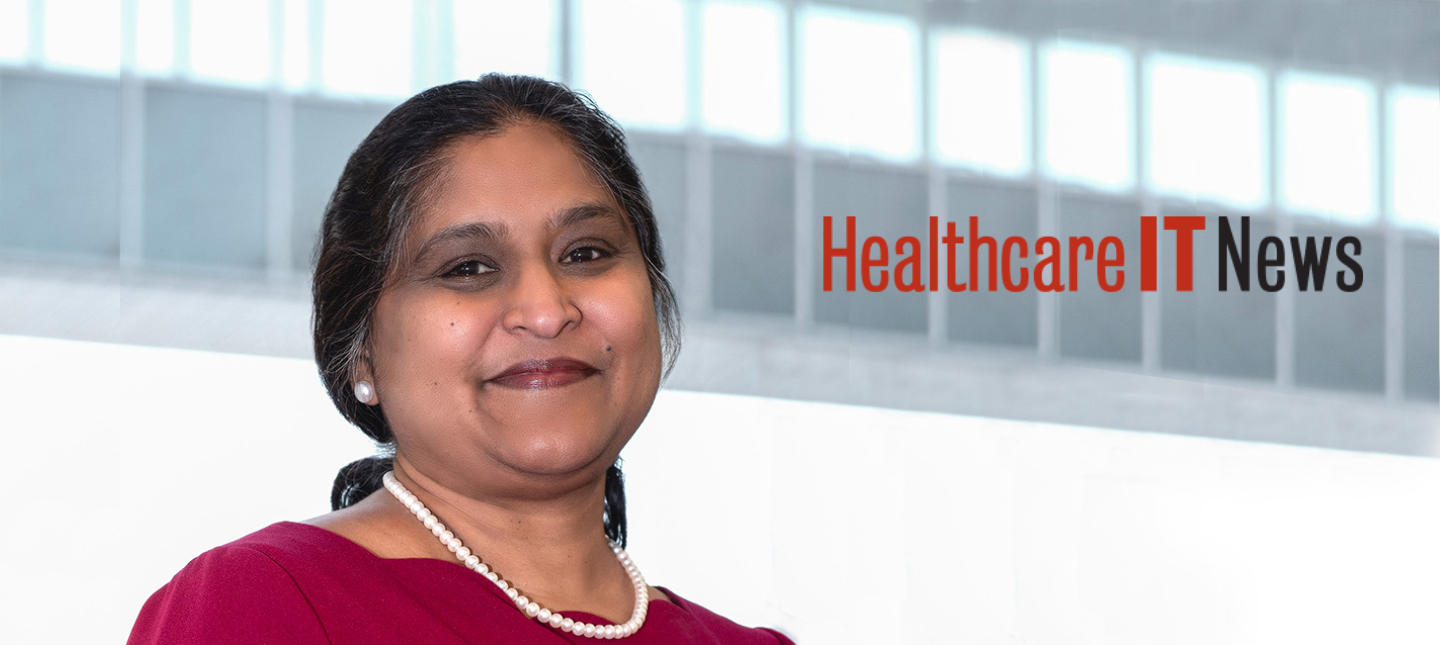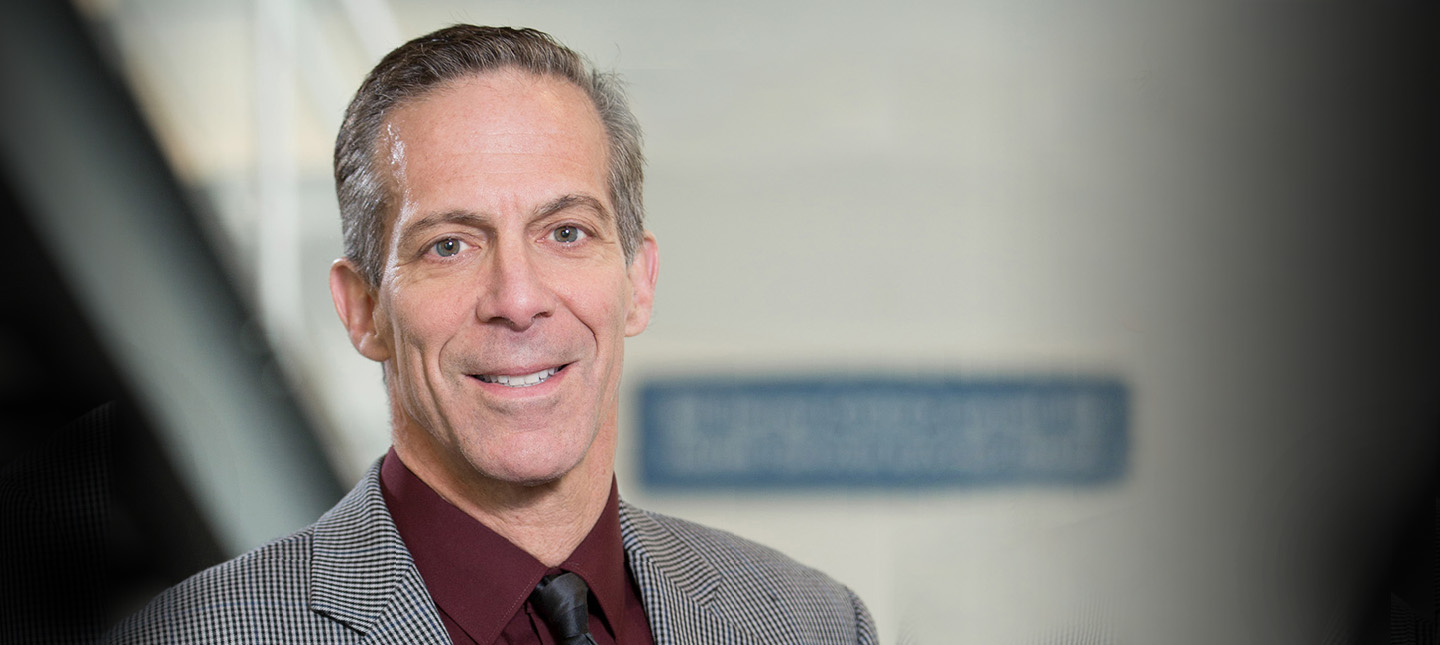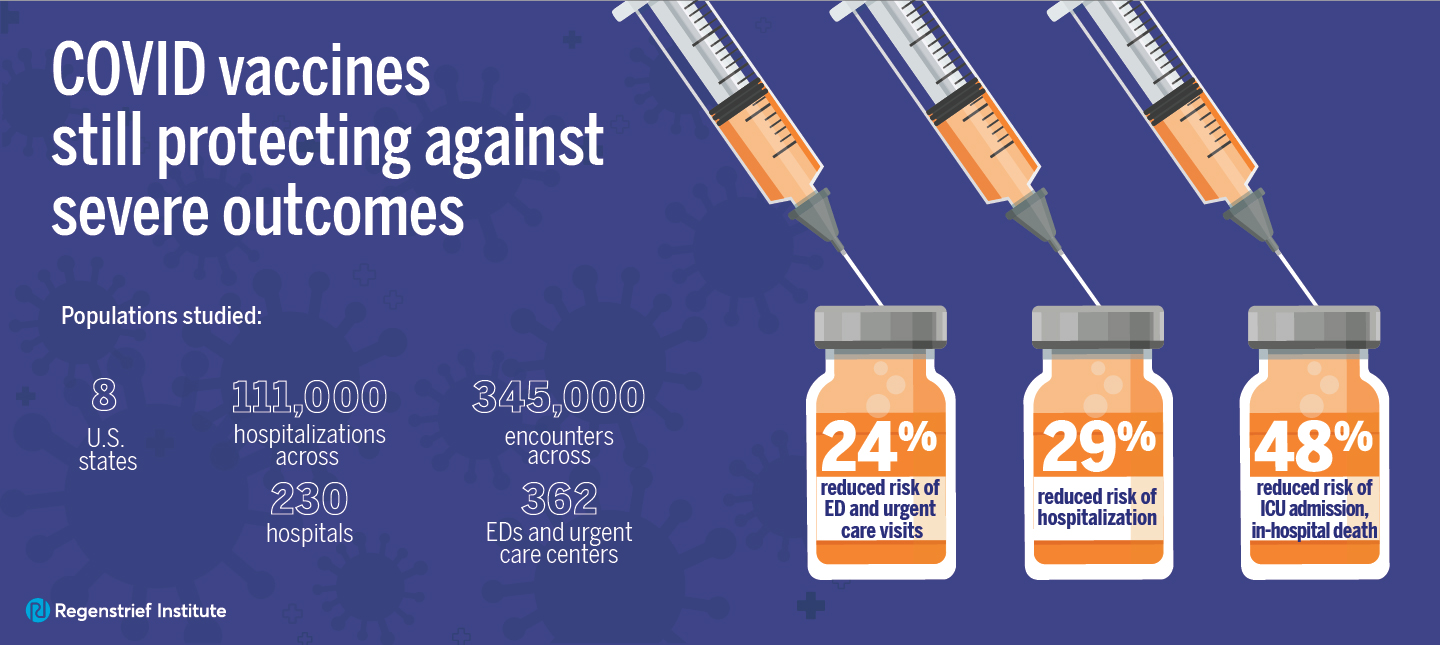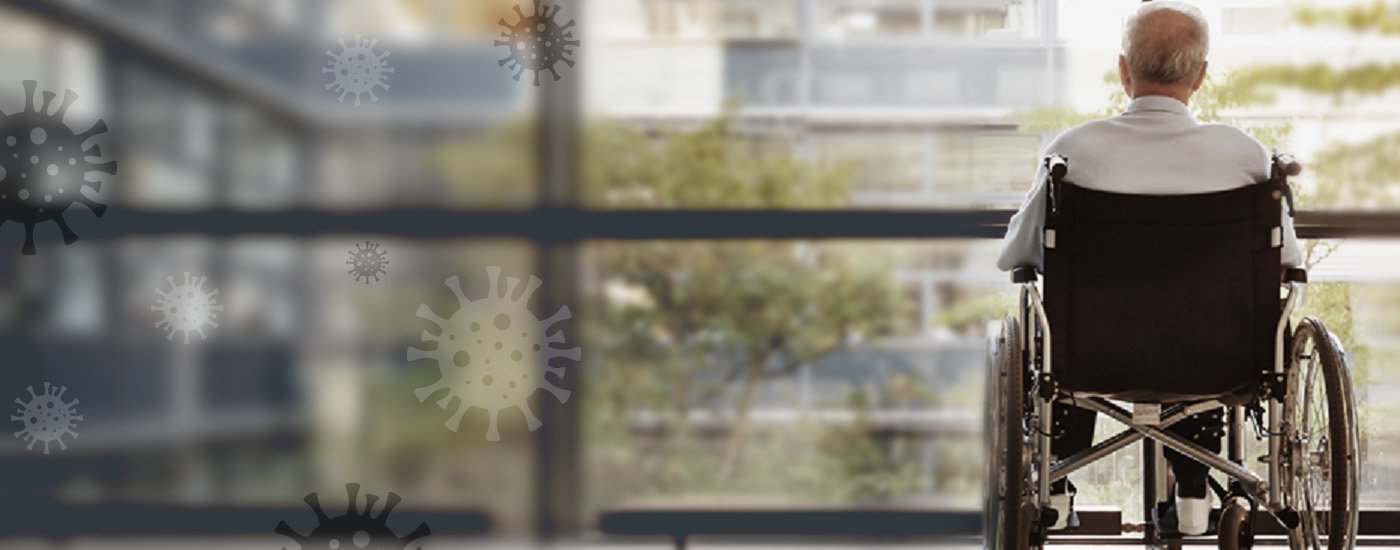Nursing home populations are profoundly affected by COVID-19. Hear how data science can help improve care of our elders. Featuring Kathleen Unroe, M.D., MHA.
Transcript
Phil Lofton:
There’s a population that has been greatly affected by the COVID-19 pandemic. An extremely vulnerable population at the best of times, that comes under threat every flu season.
Nursing homes care for some of the most fragile members of our society. From temporary residents receiving therapy as they recover from injuries or surgeries to long-term residents like dementia patients who live at the nursing home permanently, the populations served by nursing homes are at high risk for bad health outcomes.
The industry has experience handling disease outbreaks. The close quarters, and common dining and activity spaces, along with the abundance of outside visitors combined with the often fragile health of residents can make nursing homes extremely vulnerable to contagious diseases.
Annually, nursing homes have to be on high alert during flu season, and there are well-established policies and procedures that can help nursing homes protect their residents from seasonal flu, and handle flare-ups of other diseases that can cause outbreaks, like norovirus.
But how do facilities deal with the realities of COVID-19, a disease that’s a threat to their residents not for a few weeks, but for several ongoing months?
Welcome to The Problem. I’m your host, Phil Lofton.
[Theme]
Meet Dr. Kathleen Unroe.
Kathleen Unroe:
I started volunteering in nursing homes when I was a kid and I’ve been focused on long-term care and nursing home care my entire career. I’m a geriatrician, so I do clinical work at the nursing home. Most of my time though, is spent on research and projects in this setting. I’m the project director of OPTIMISTIC a large a $30 million clinical demonstration project. We’re currently working with 40 facilities across the state of Indiana to reduce hospital transfers.
Phil:
Dr. Unroe is a research scientist at Regenstrief, and has dedicated her career to improving the quality of care that residents receive at nursing homes.
In the past decade, her OPTIMISTIC project gave a good roadmap for reducing avoidable hospitalizations by a third. That’s huge, because any time a patient moves between care settings like hospitals and nursing homes, there’s an opportunity for miscommunication to occur, or for important care needs to get lost in the shuffle.
Recently, she’s spun this knowledge out to start a new company, called Probari, which is working with the Indiana State Department of Health during the pandemic to make sure that employees are tested for COVID, and to improve care. For full disclosure, Indiana University School of Medicine and Regenstrief own a stake in Probari.
Kathleen Unroe:
We have moved some of the nurses from our demonstration project to extend the outreach of ISDH. We’re calling test results to facilities for the state. We’ve been proactively calling facilities to talk about best practice guidance. The CDC and from the state. And then as we are asked to, we’re hoping to develop forms and contribute to other guidance documents is needed just given our long experience in the nursing home setting and implementation of best practice in this setting. So, it’s, you know, we’ve really been grateful for the opportunity to be directly connected to this work.
Phil:
These efforts by Probari were a part of a larger ambitious goal of the Indiana State Department of Health: testing every single nursing home employee in the state of Indiana.
By testing every employee, the State hoped to get the best look possible at the risks faced by nursing homes.
[Excerpt from Gubernatorial Press Conference]
Phil:
While, as of the release of this episode, this data is still under analysis by Regenstrief and the Fairbanks School of Public Health at IUPUI, the dataset on the whole stands a great chance at providing policymakers with the information they need to affect real change in the industry. Here’s a brief update from the state on the most recent nursing home data:
[Excerpt from Gubernatorial Press Conference]
Phil:
And it won’t be a moment too soon.
Kathleen Unroe:
This population, the staff that works with this population, very close to my heart, the COVID pandemic is just devastating for our population. Ever since the news came out about the outbreak and the facility in the in Washington State. We’ve we are immediately afraid and worried about our patients and what was gonna happen and how, how are we going to protect them? How can we support and protect our staff and the nursing home industry and trade associations that support them in the professional organizations that support us, the doctors and nurse practitioners in this setting. I have been working tirelessly to create new trainings and guidance and try to figure this thing out. I mean, this is really unlike anything we’ve ever dealt with in terms of data. There is national data that I’ve just seen in the last week or so from Kaiser Family Foundation, looking at mortality rates and overall, and how many of those are represented by nursing home residents in it? And it’s so heartbreaking to see that we have 40% or more, depending on the state you’re in of deaths from COVID-19 that are nursing home residents. I, you know, and it really though it’s heartbreaking.
Phil:
Nursing homes have, for the safety of their residents, had to restrict visitation and activities for extended periods of time, and that’s incredibly difficult for residents, because nursing homes aren’t just a place where people recover from injuries or receive medical care, they’re places where people live.
Kathleen Unroe:
The nursing homes, assisted living facilities are social care facilities. They are not medical care facilities. So there’s a huge need for PPE and support and assisted living facilities as well. So that is that is an area where I think there could be federal support in response to extend what is going on for nursing home. So I have seen and appreciated the widespread support for health care workers. We have focused a lot on, especially as hospitals were getting surges with the health care workers in the hospital. This is a long-term issue that we’re gonna be dealing with in nursing homes. And so we’re going to need that consistent support over time. It’s not like it’s going to be an intense couple of weeks and then we’ll be back to businesses. Usual life is disrupted in a nursing home, nursing home staff or dealing with enormous pressures and are going to need a lot of moral support and actual support for, for quite a while.
Kathleen Unroe:
I know so many frontline staff in nursing facilities. I mean, they’re there because they love this population. They are caregivers in their hearts. And this is unlike anything we’ve ever dealt with. And it’s so stressful, difficult for everyone involved.
Phil:
It’s going to be an ongoing challenge to determine how to best protect residents while also allowing them to continue engaging in the activities that they need to stay healthy, like socializing, staying physically active, and, importantly, seeing their loved ones.
Kathleen:
I think that frankly, social isolation is a problem for people who live in nursing homes. At baseline. You don’t live in a nursing home, you know, unless you have significant functional limitation, and/or cognitive limitations. And so I think there is a real struggle for people in nursing facilities under the best circumstances to remain connected to their communities. Many residents had data that I care for have close ties with their families and they look forward to the opportunity to go out and, you know, to church every week. Church community friends, former neighbors are so important and hard to maintain in the circumstances.
Phil:
But with the right knowledge – knowledge of trends, knowledge of the virus, and knowledge of best practices, we can positively improve the lives of residents and staff.
Kathleen Unroe:
I mean, we’re getting smarter. We’re understanding this virus more. We’re understanding, you know, how to prevent transmission and how to, you know, cohort residents who are positive and then how to get them recovered and back into the community. You know, this is this has been a time like any other medicine. And where on Monday this is best practice, and then on Friday, don’t use that medication like so. The pace of change has been and new guidance coming down has been intense and rapid. And we’re going to keep getting our feet under us though. And in terms of understanding what we need to do here, so it’s not going to go away. It is a long-term issue for us, but I do feel works. We’re getting better at understanding how to, how to deal with this, wrap our minds around it.
Phil:
Join us next time.
We’ll see you then, on The Problem.
Music this episode was by Everlone, the Blue Dot Sessions, and Broke for free. Our theme, and additional musical cues, were written and performed, as always, by the Dashboard Scorecard







